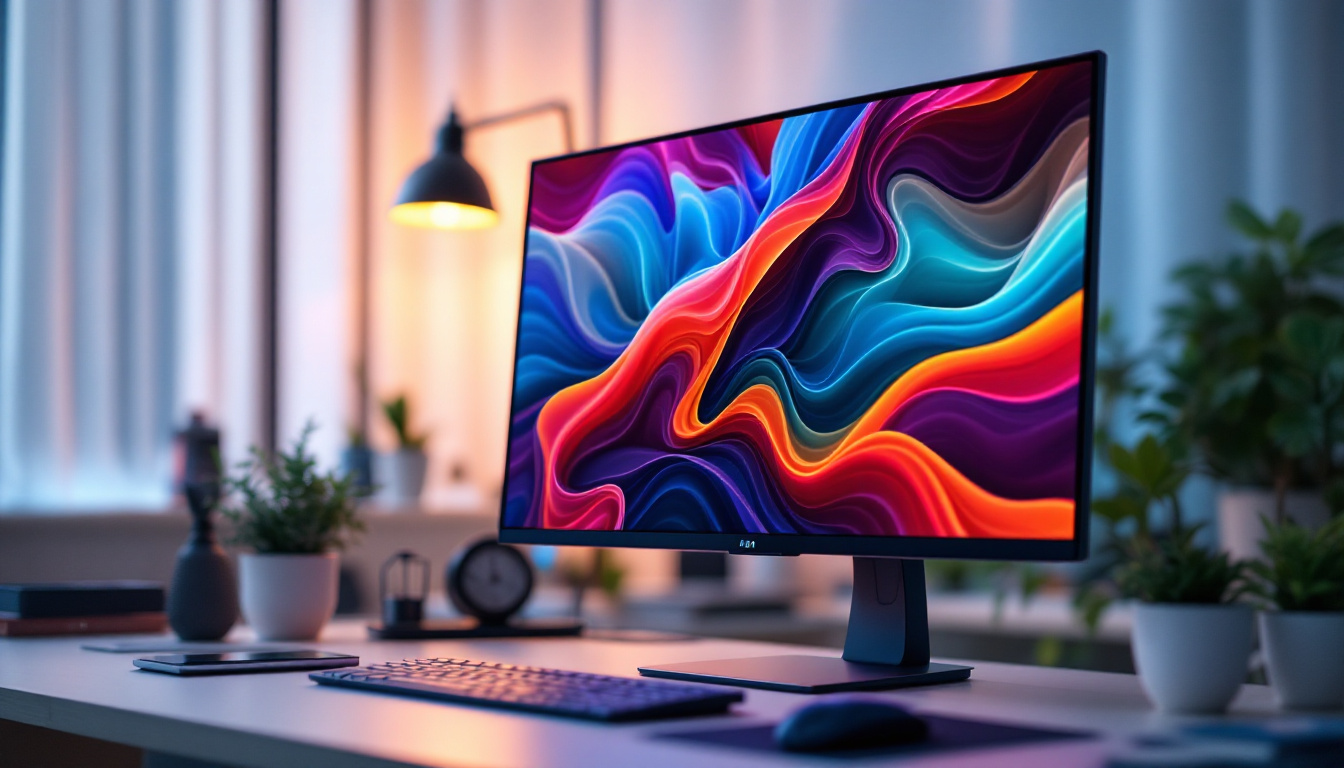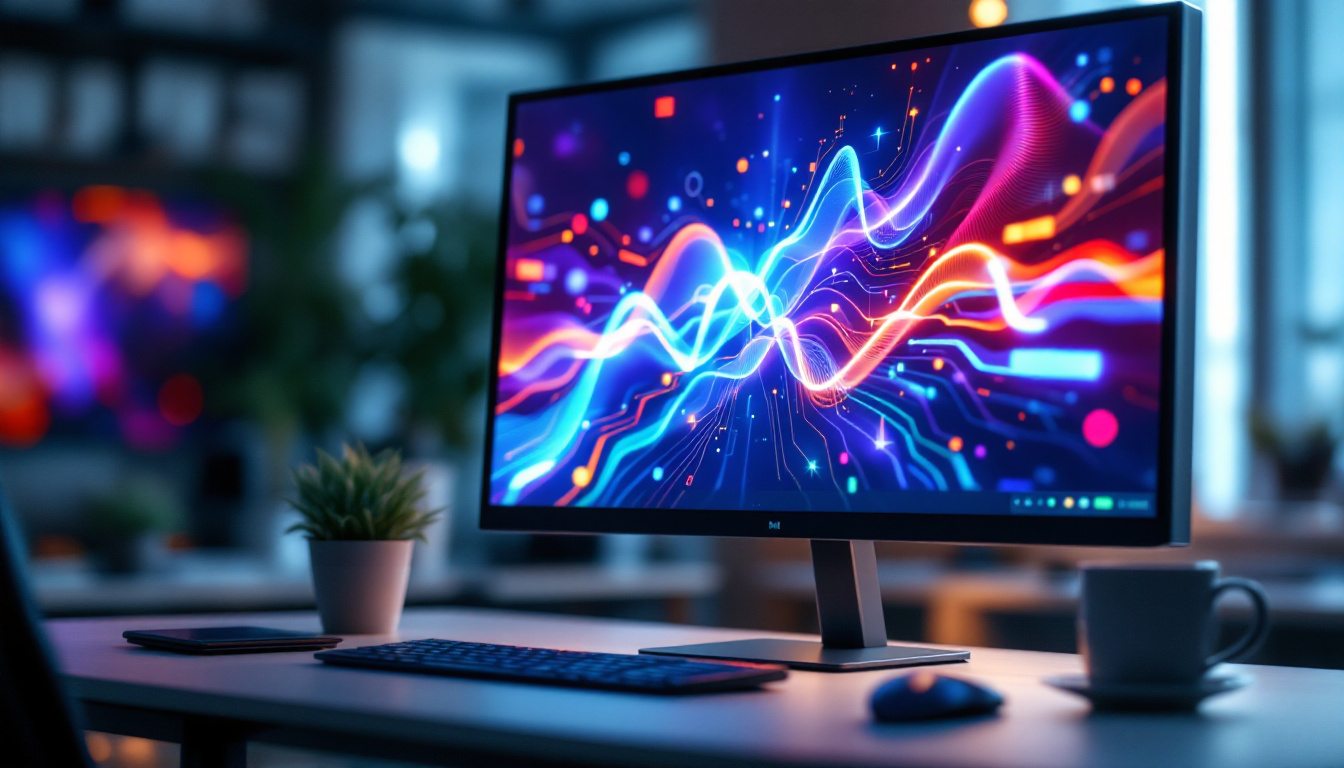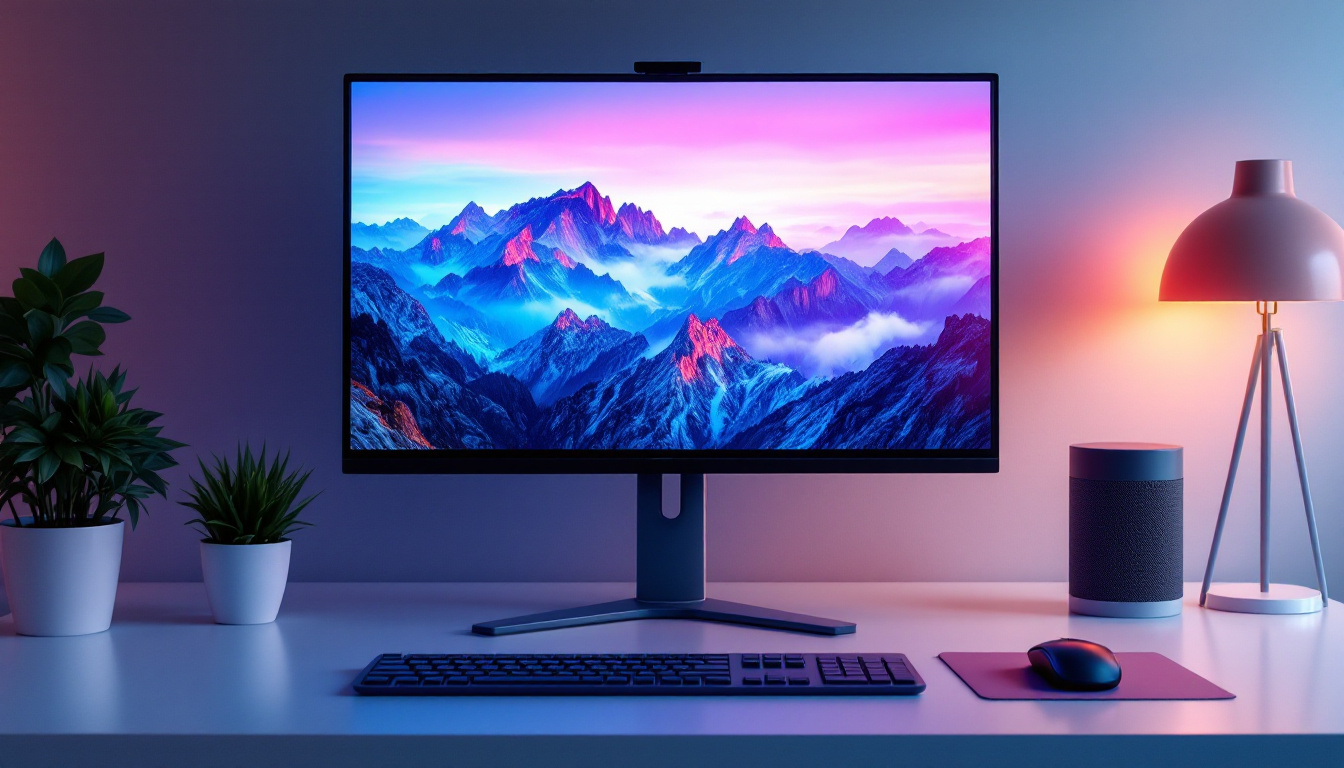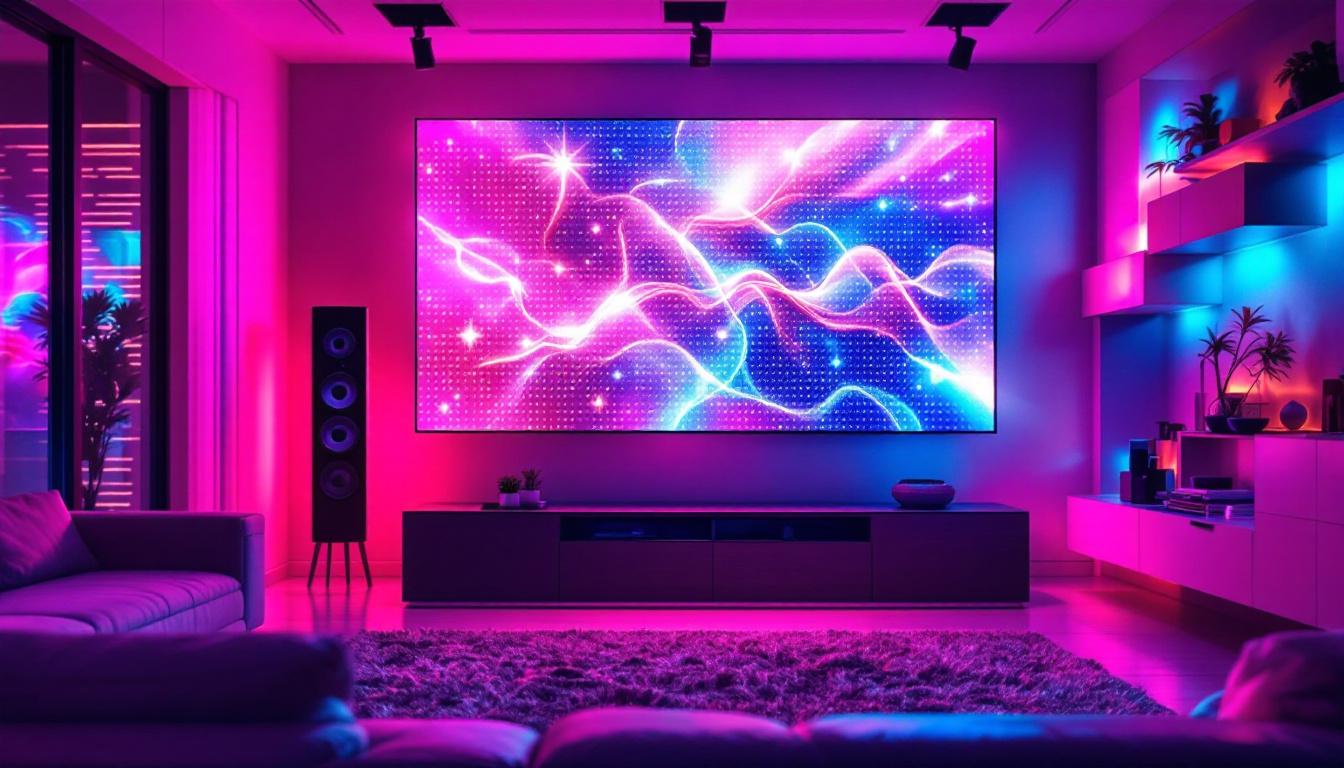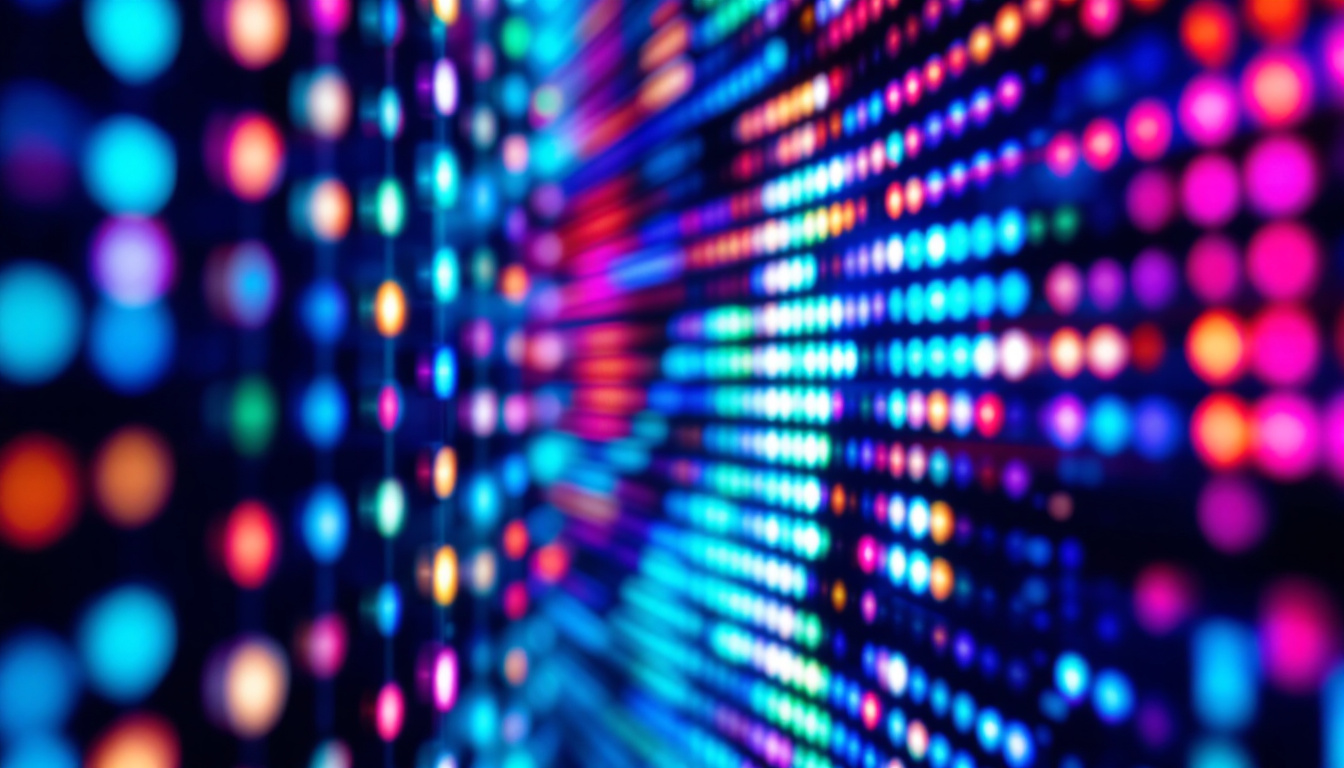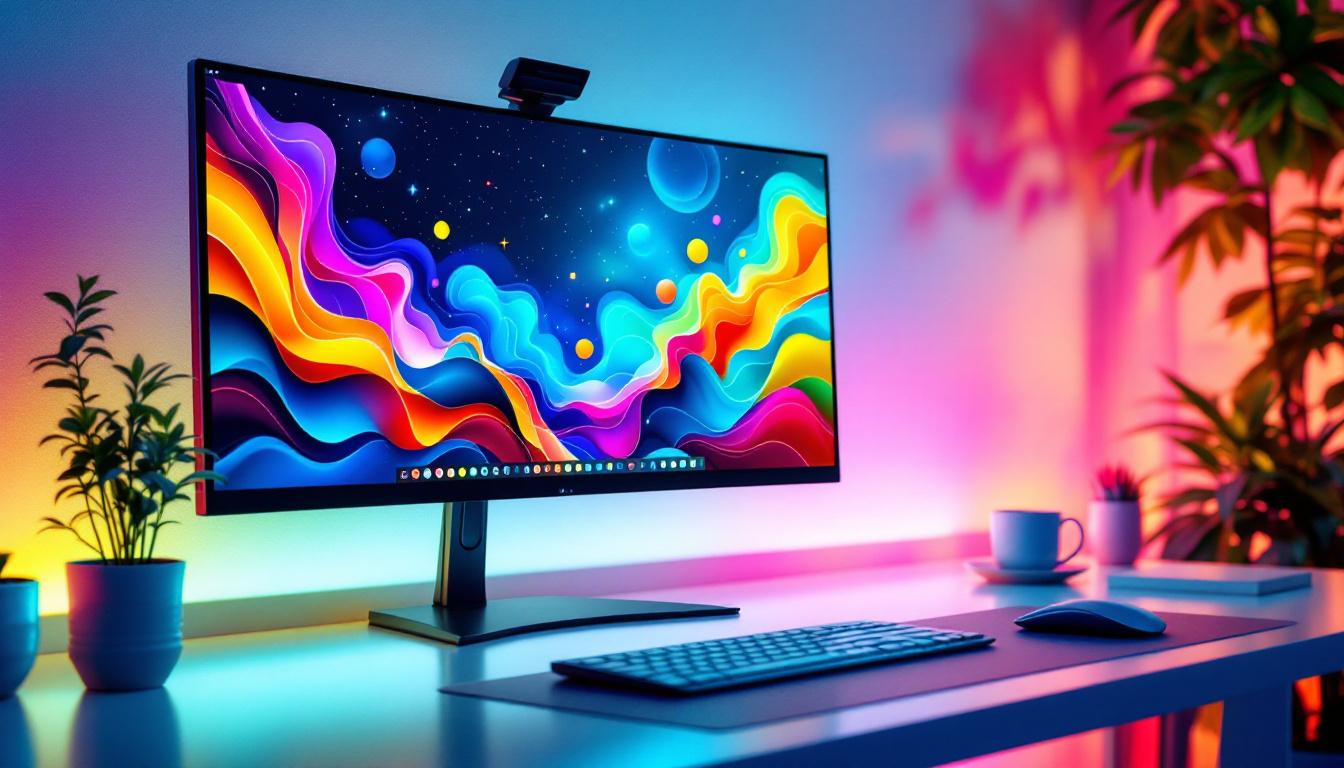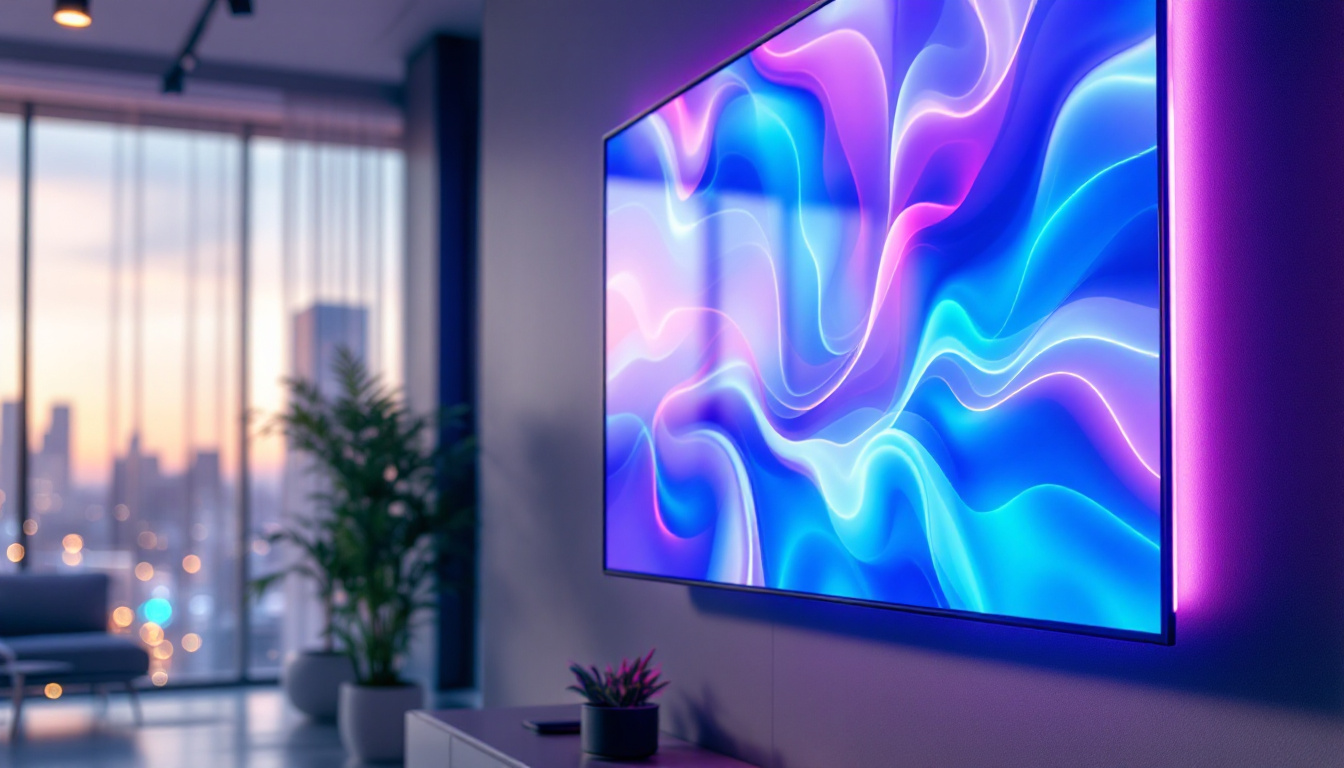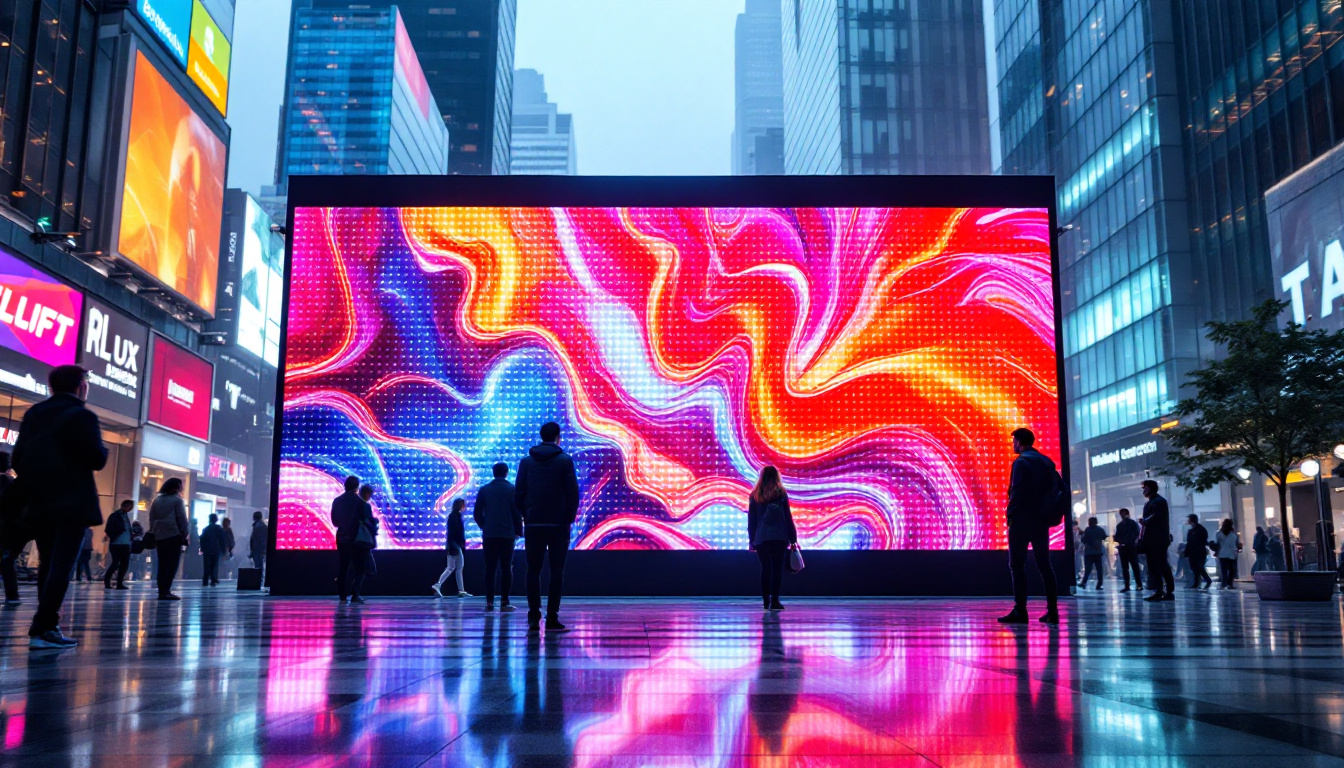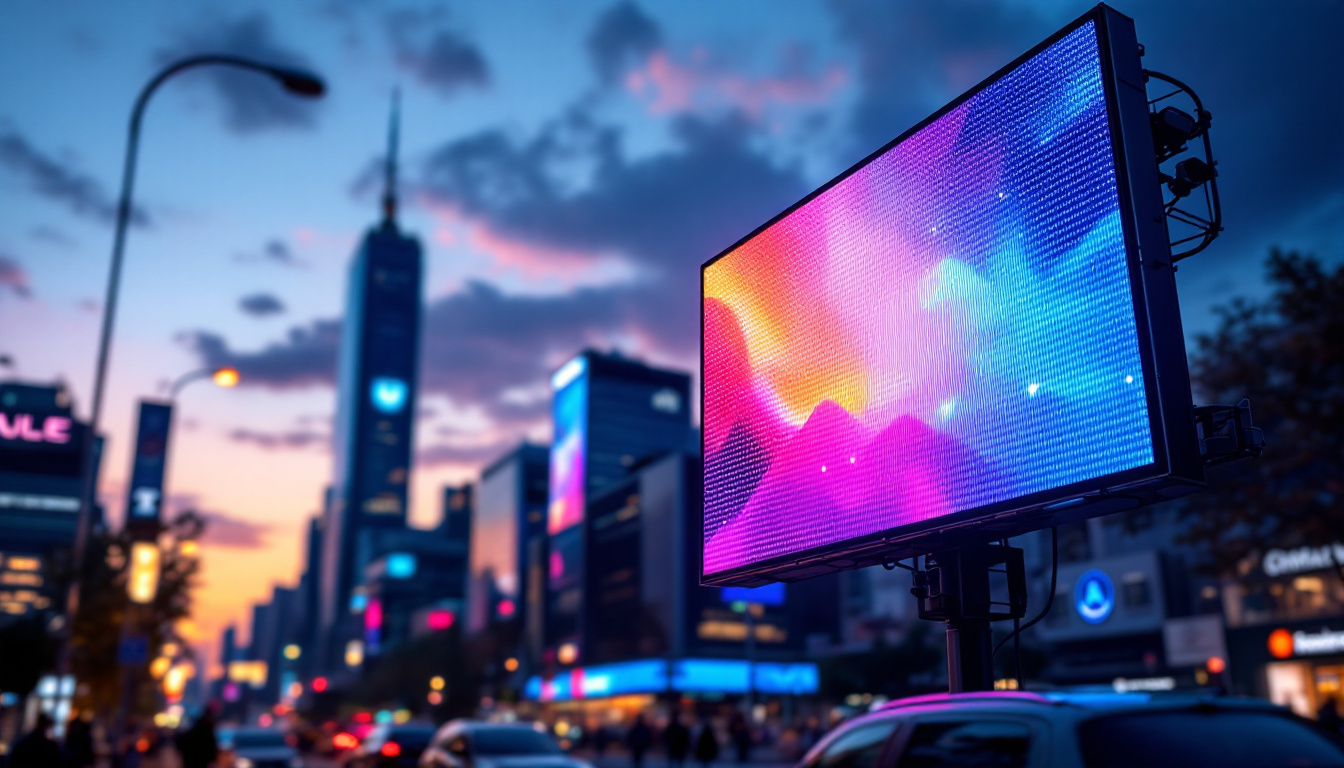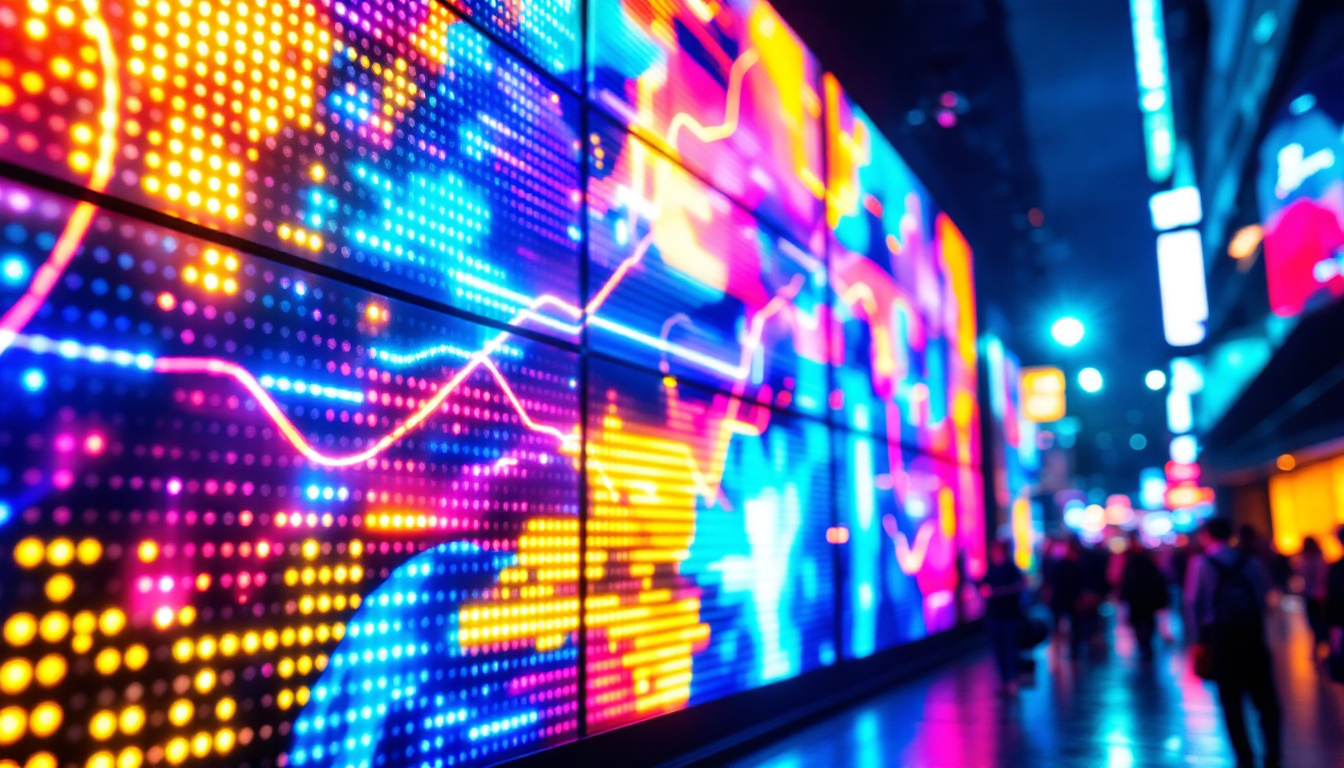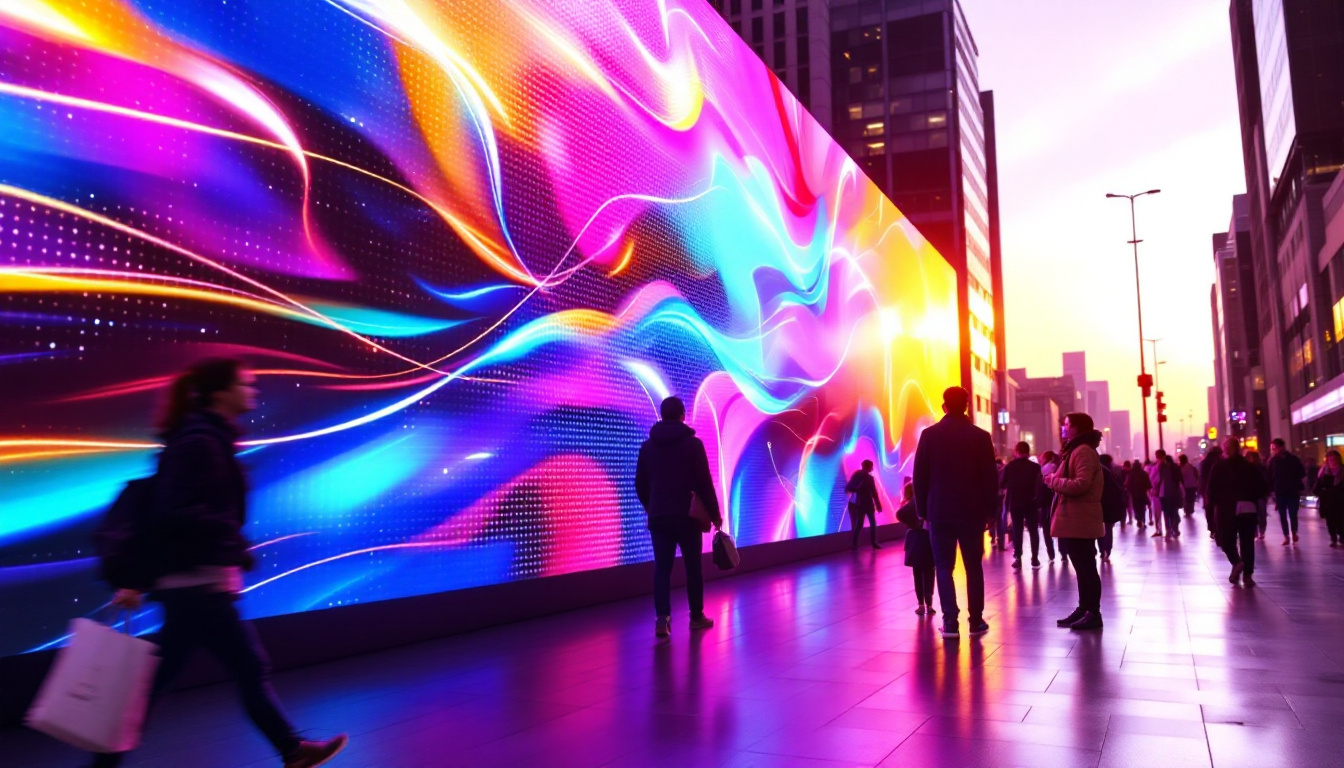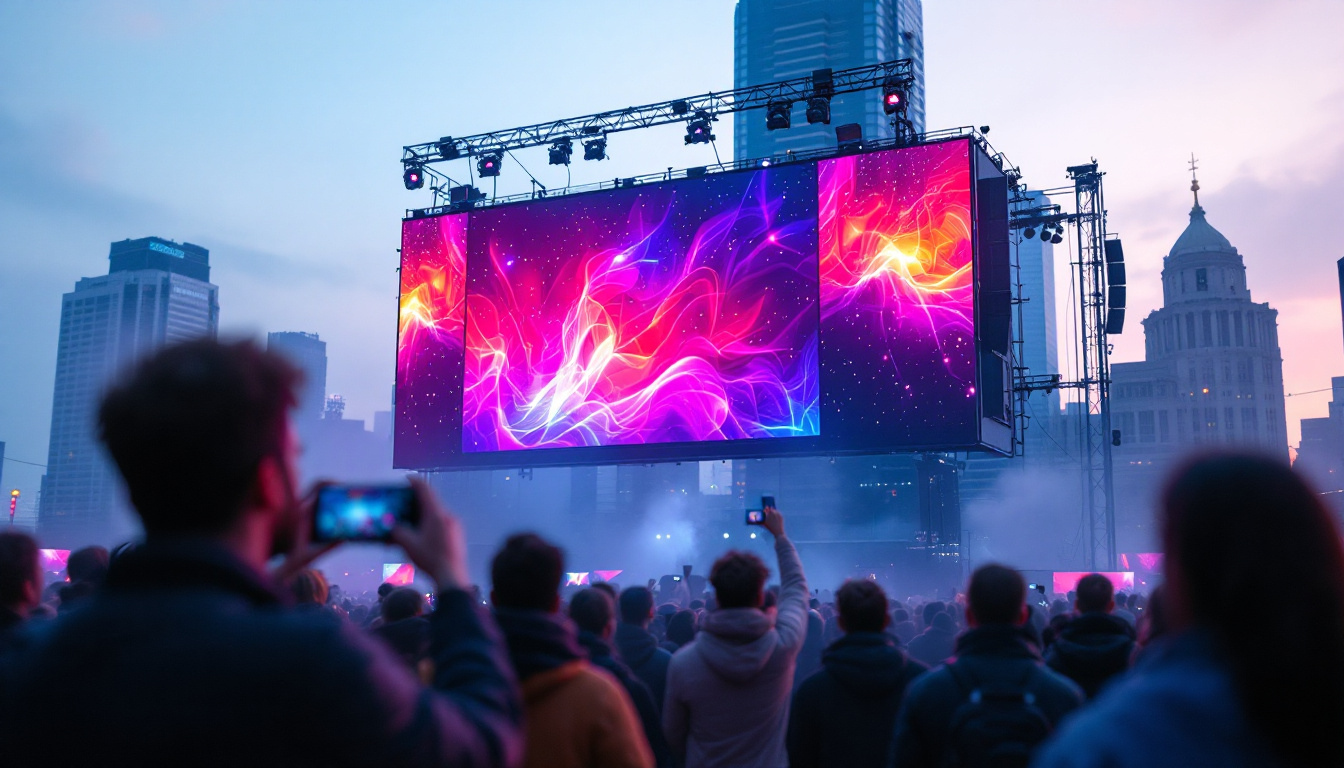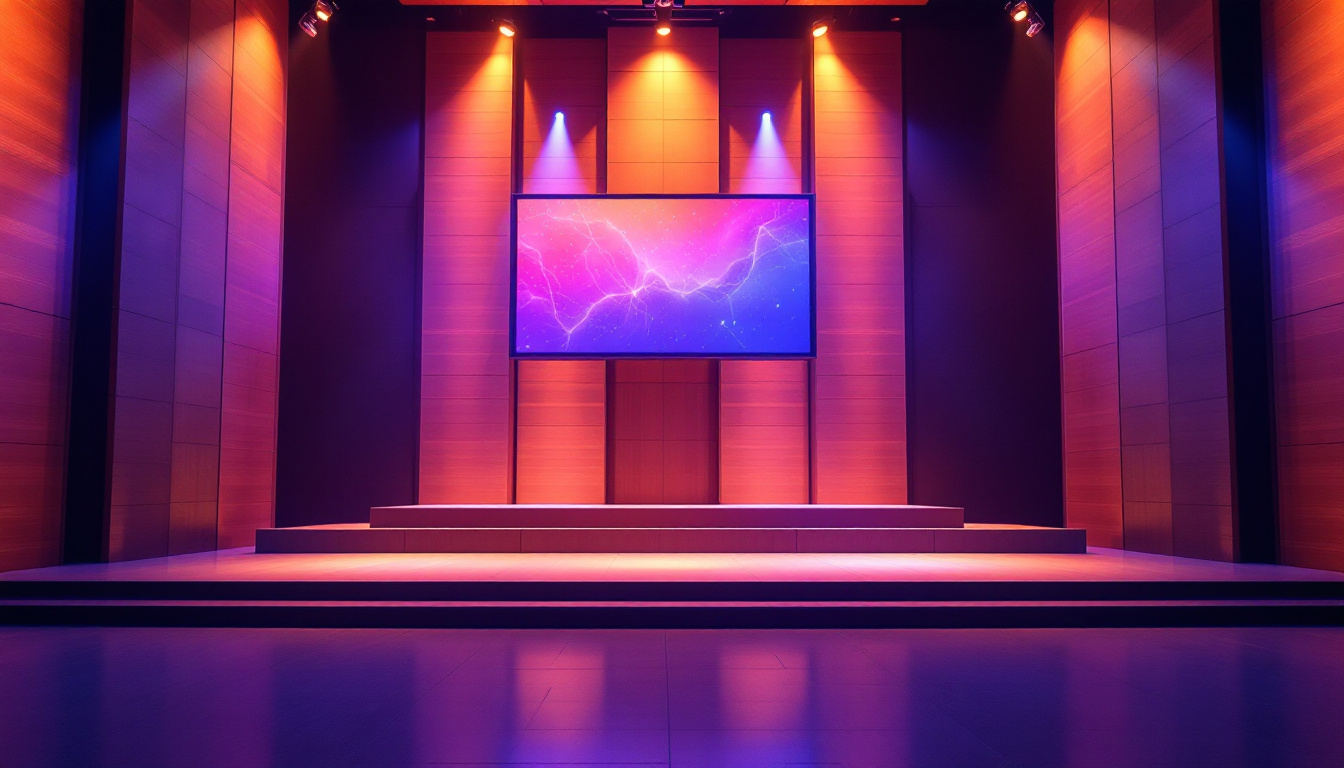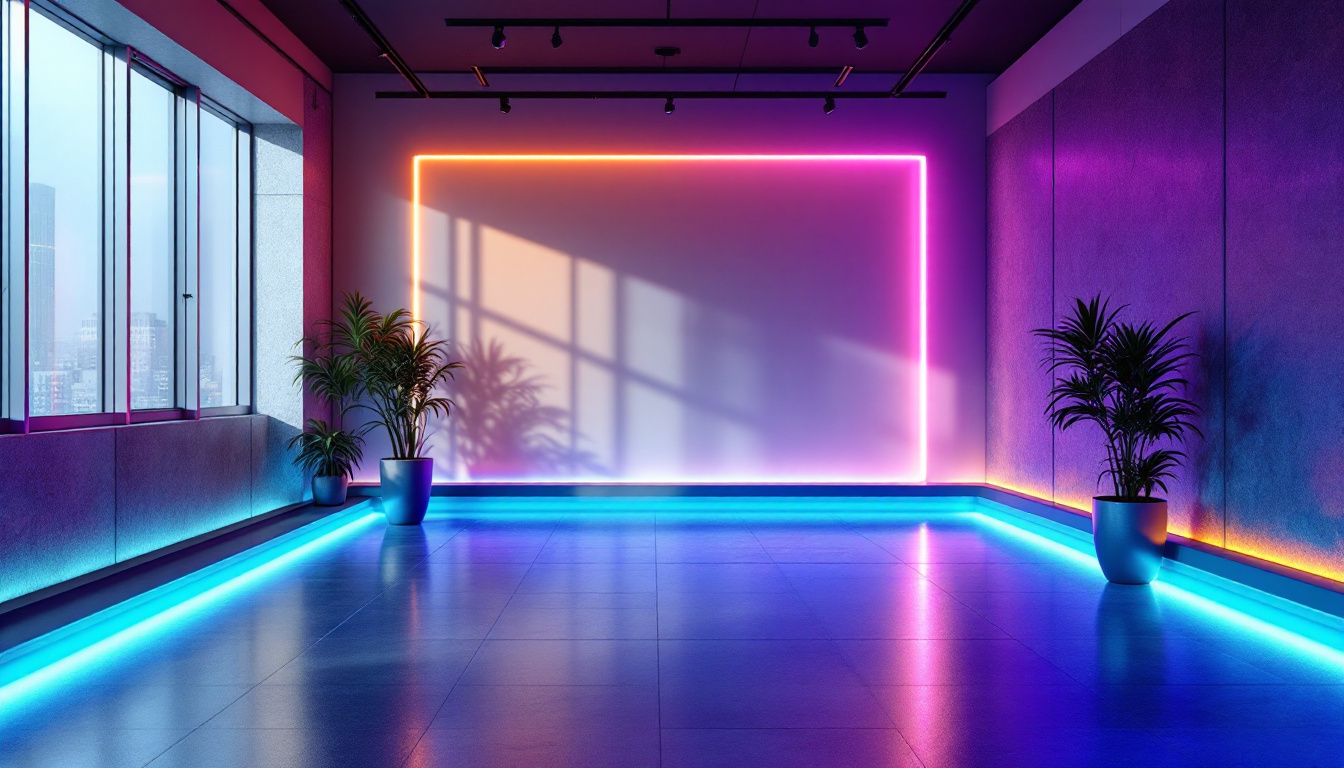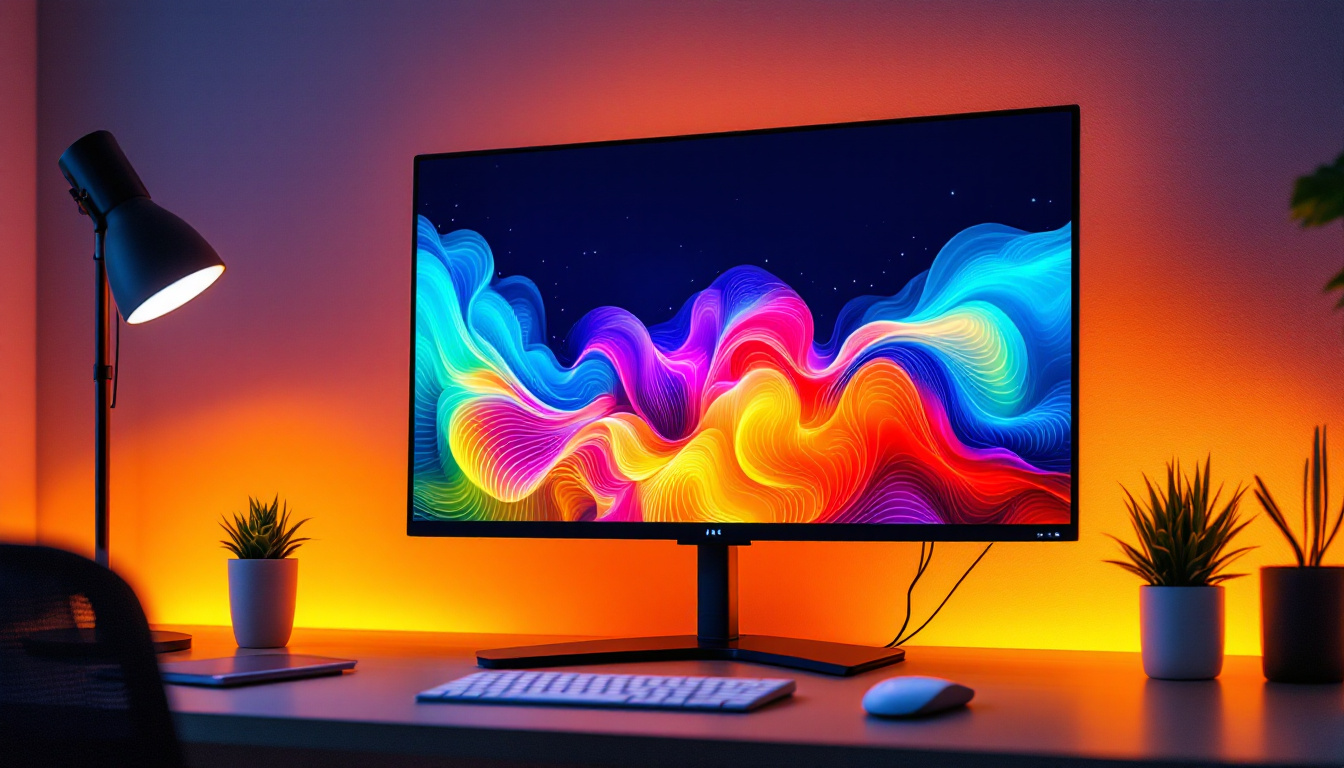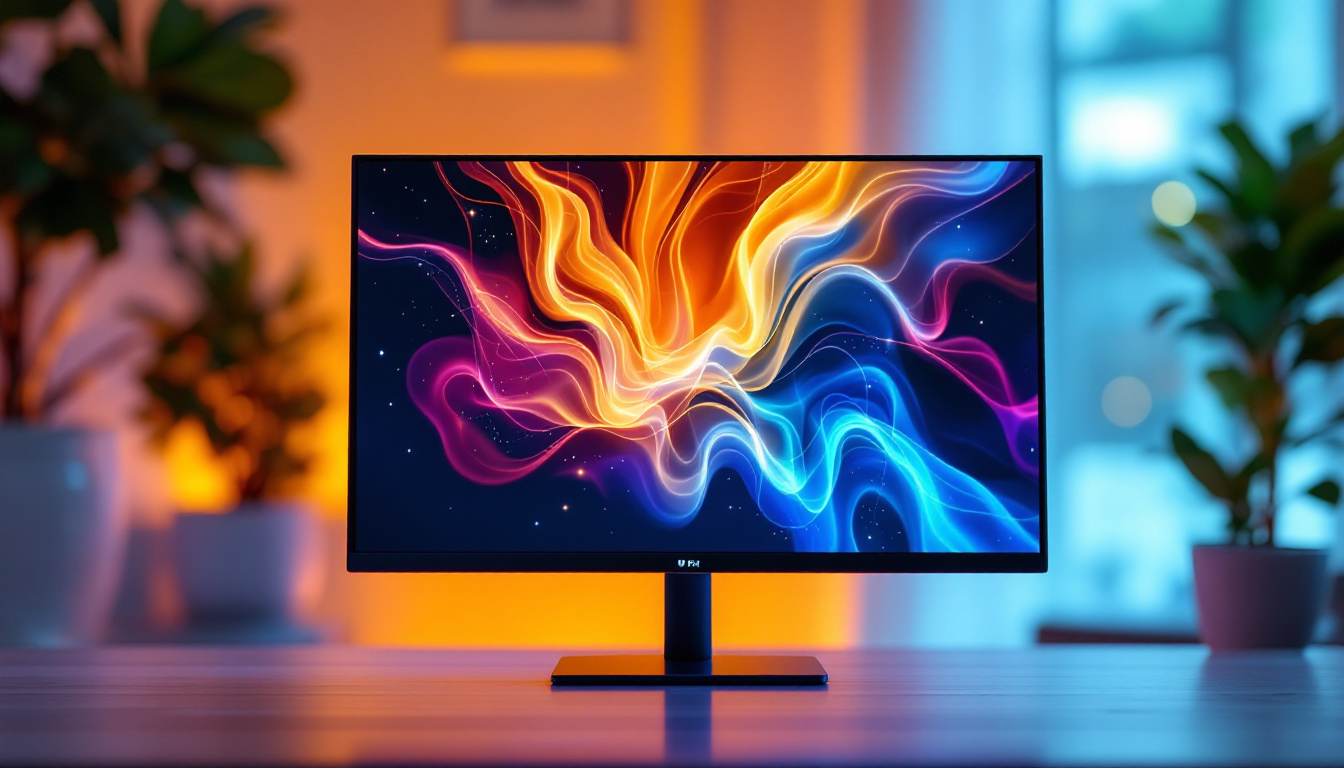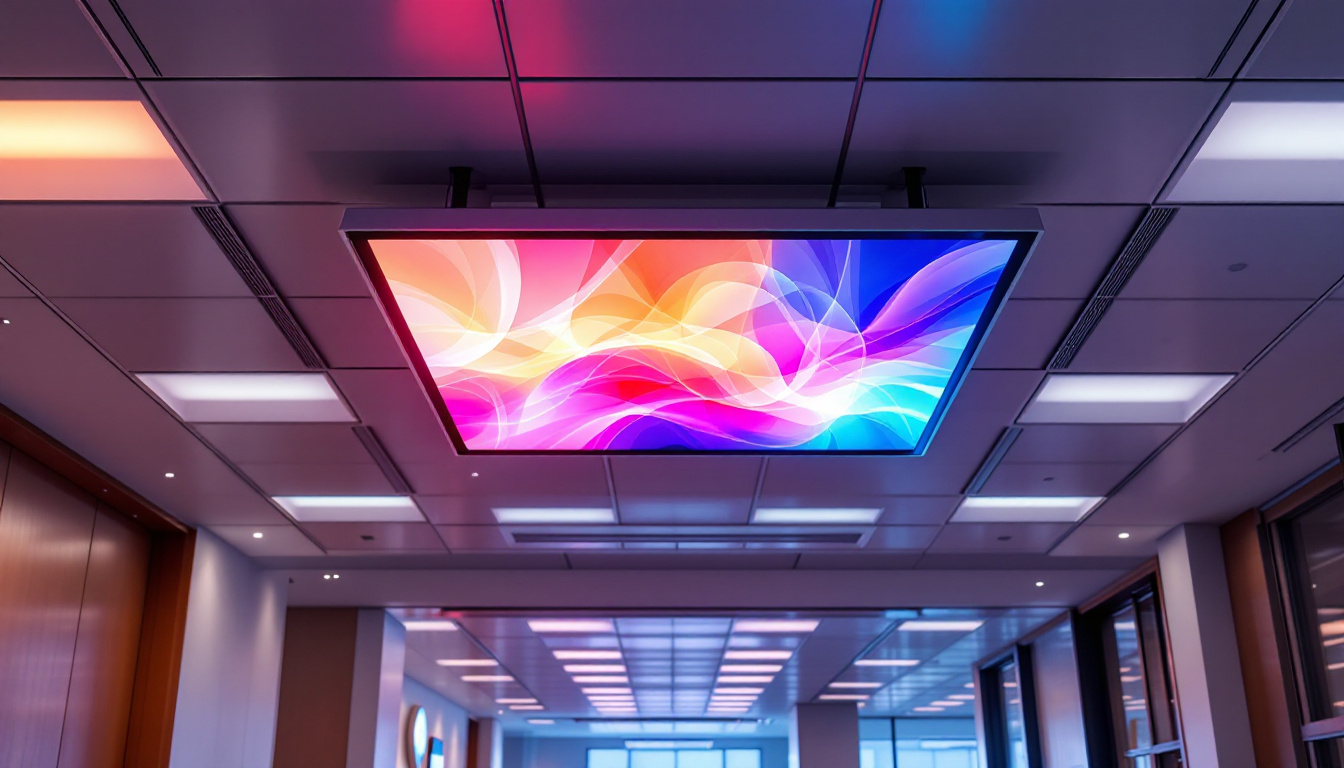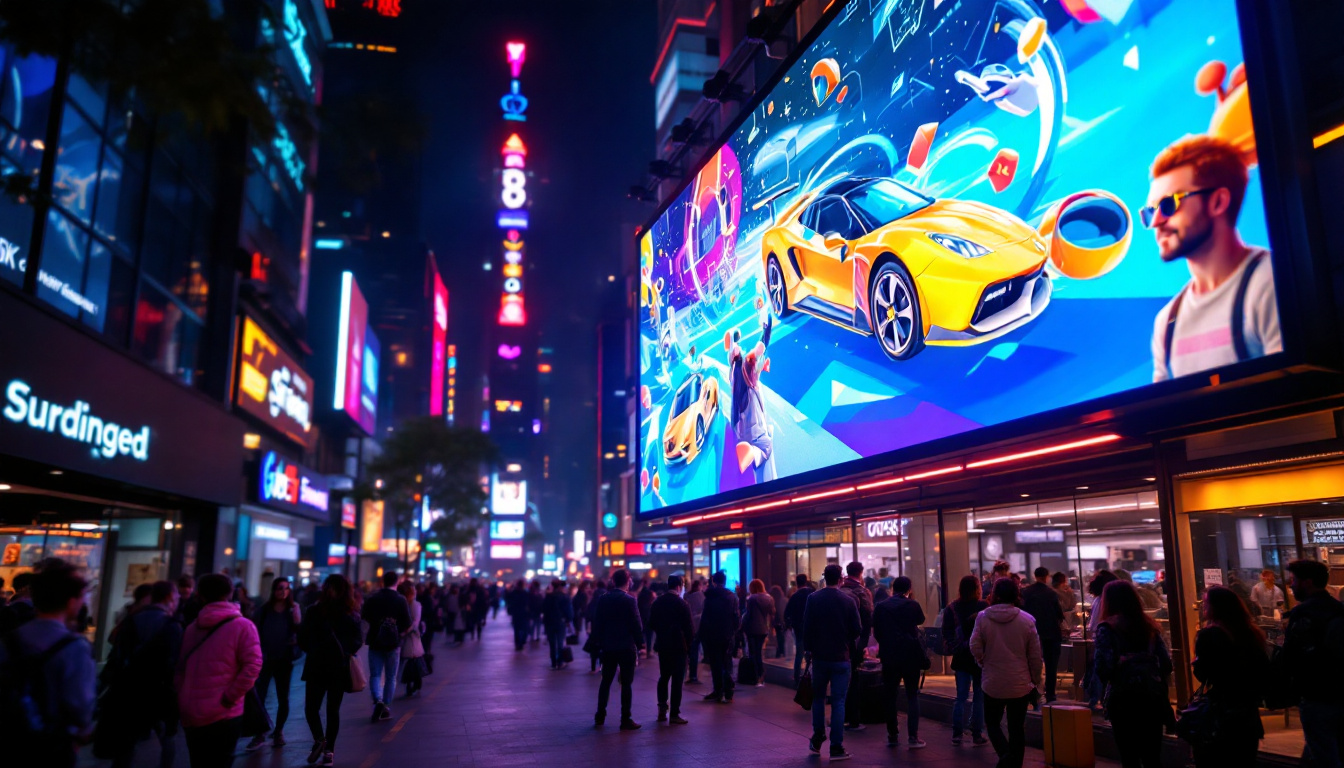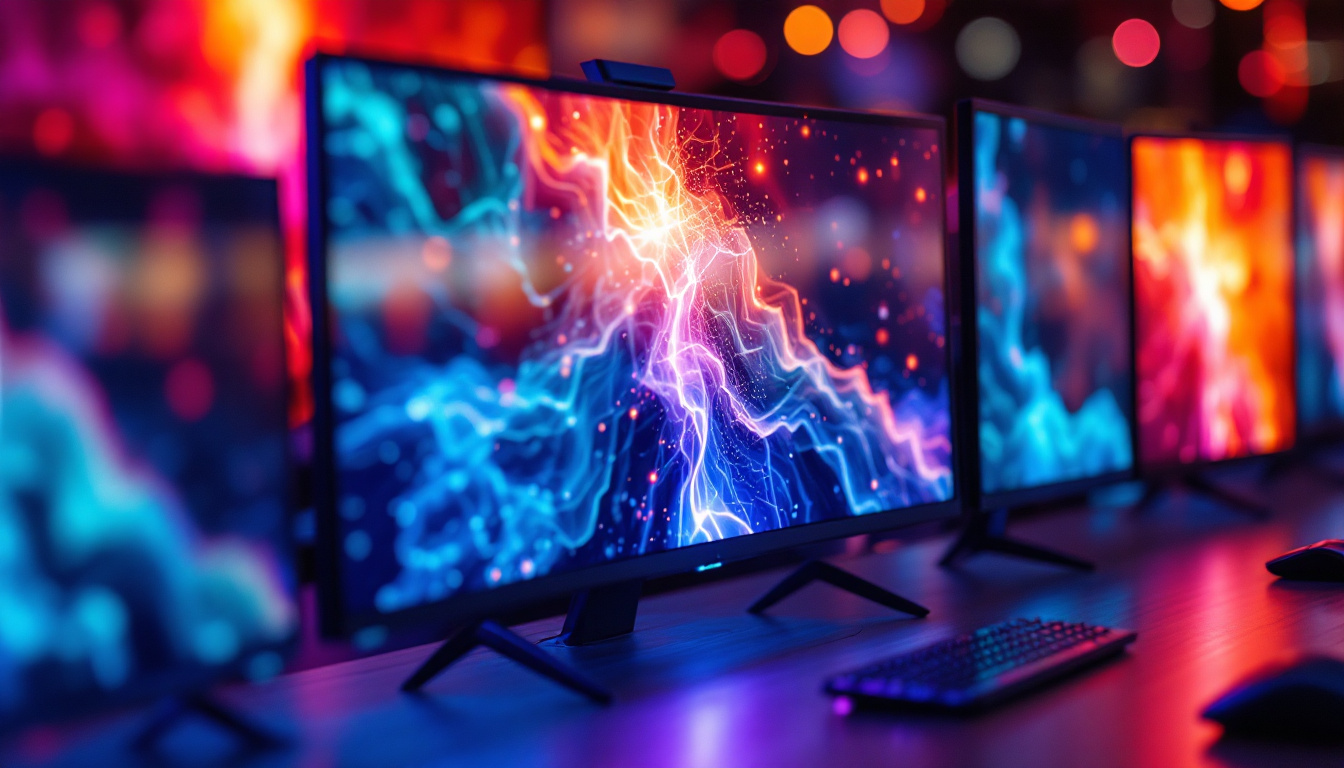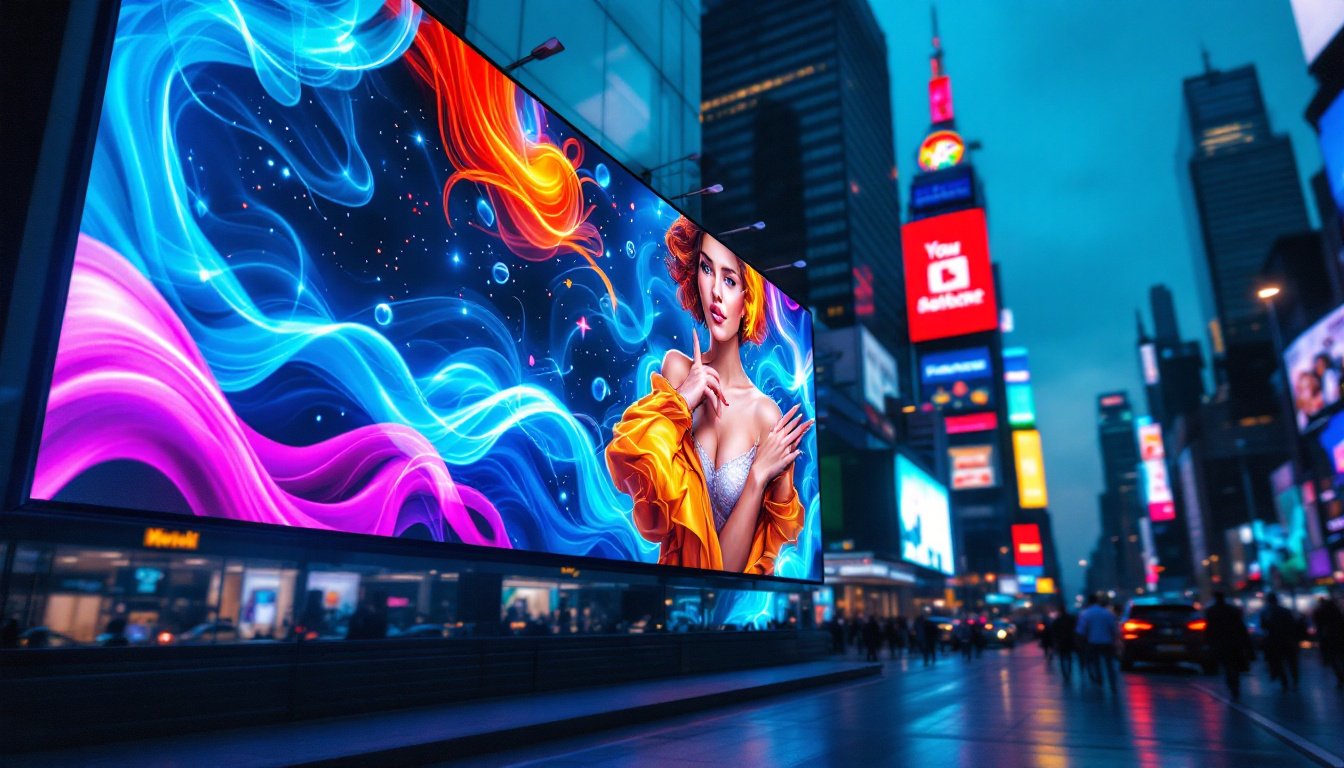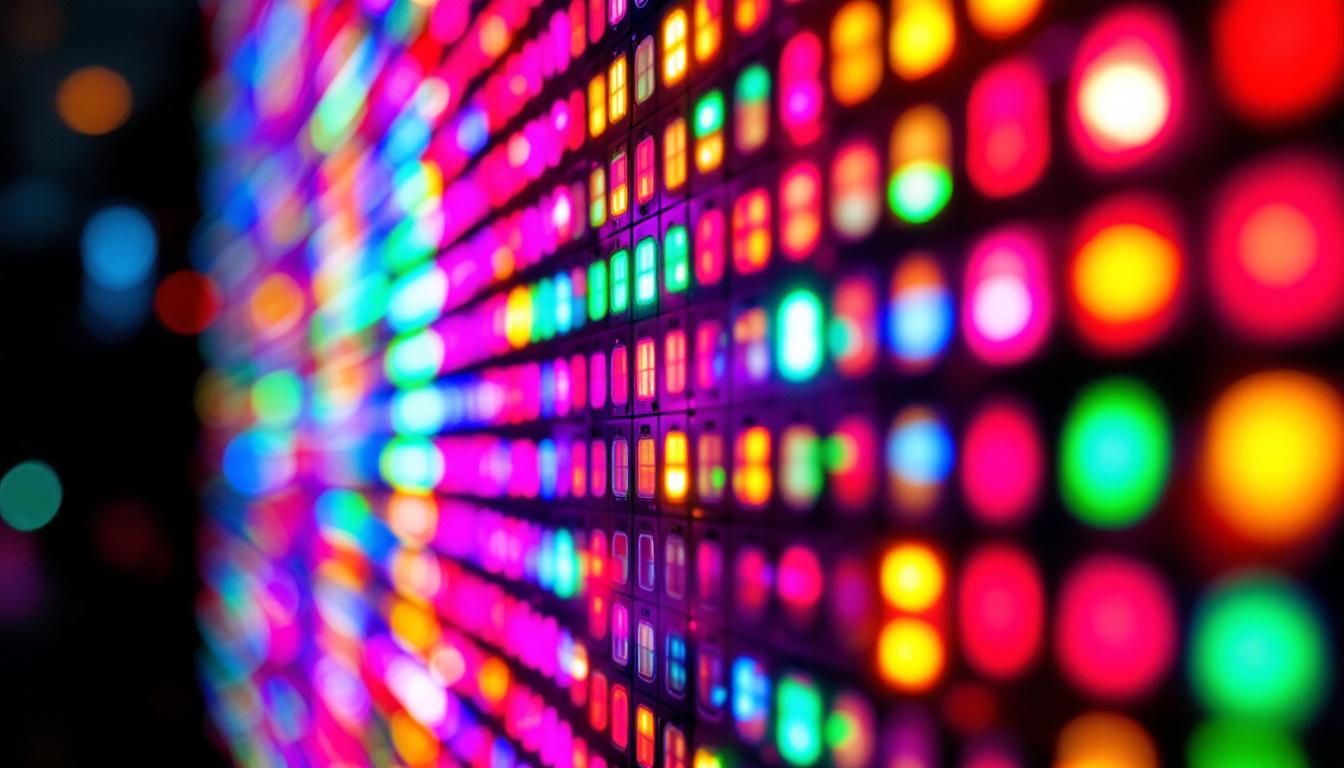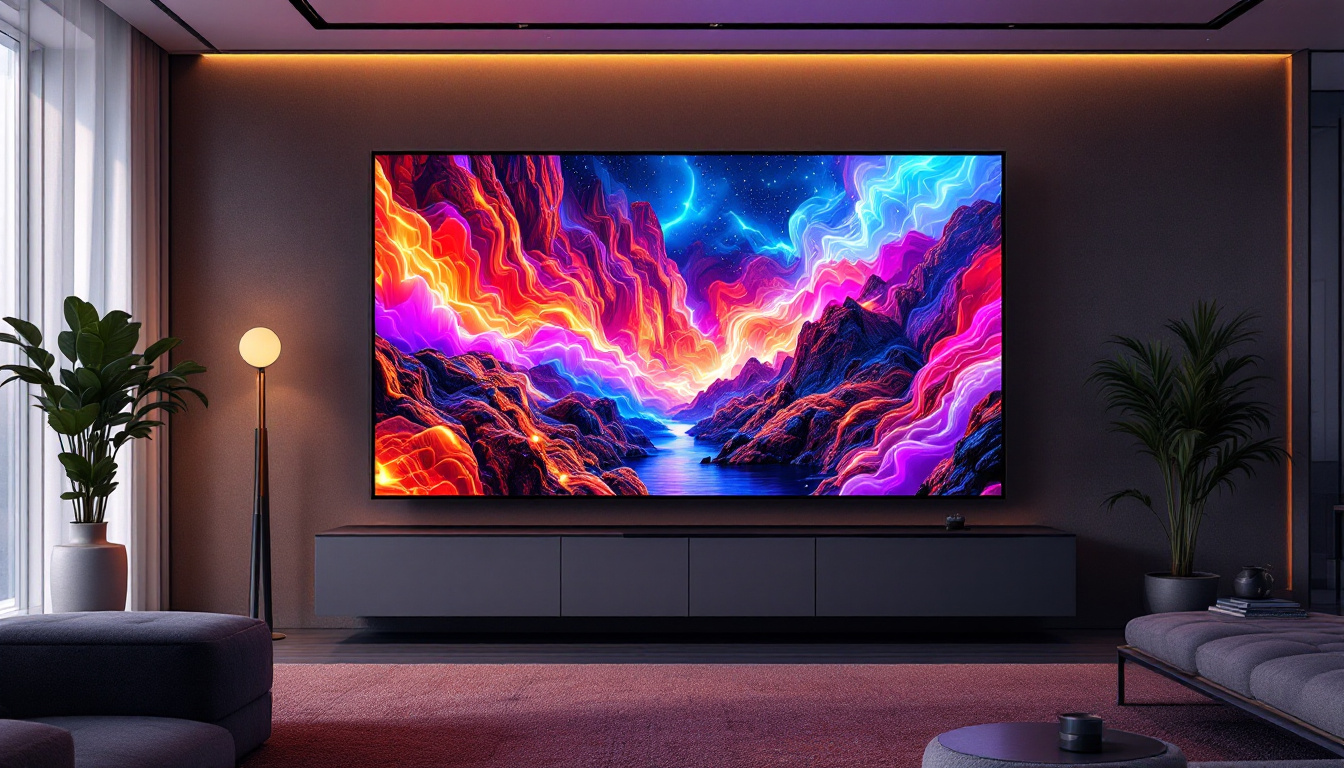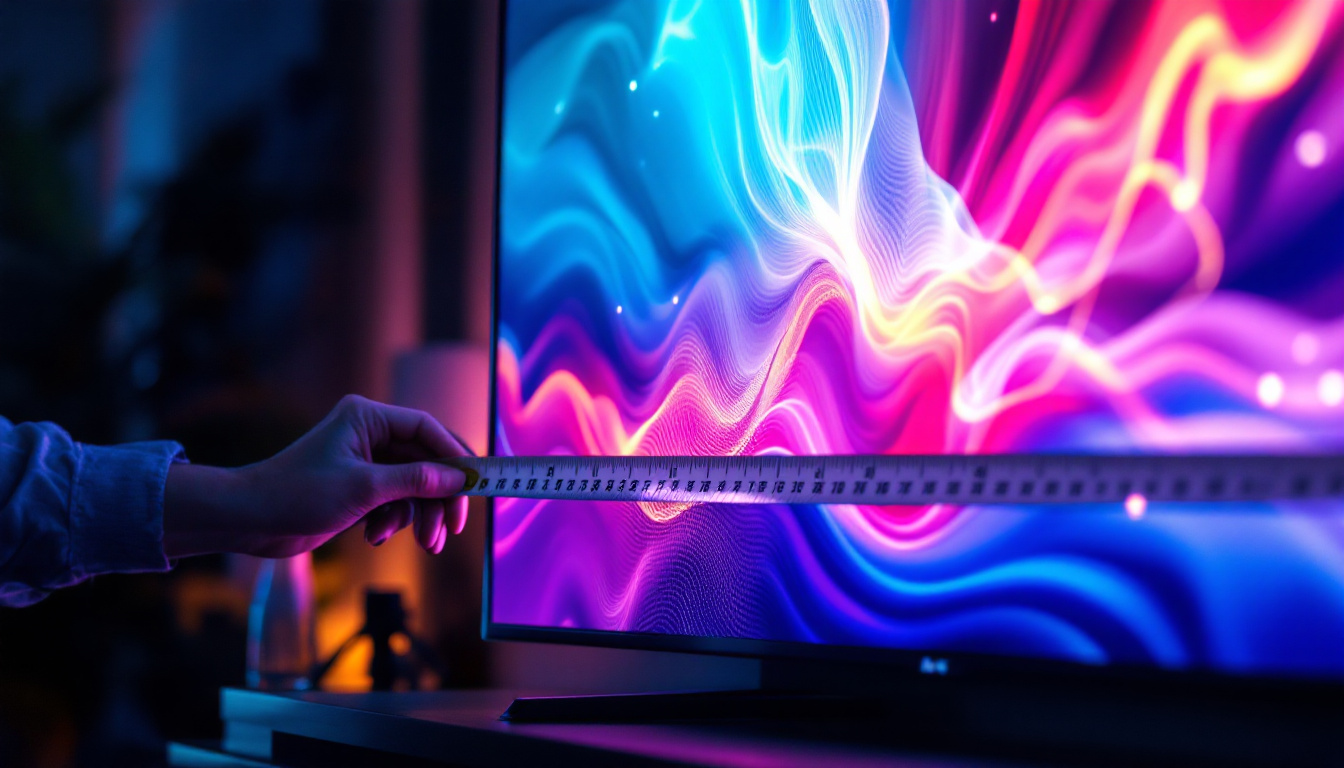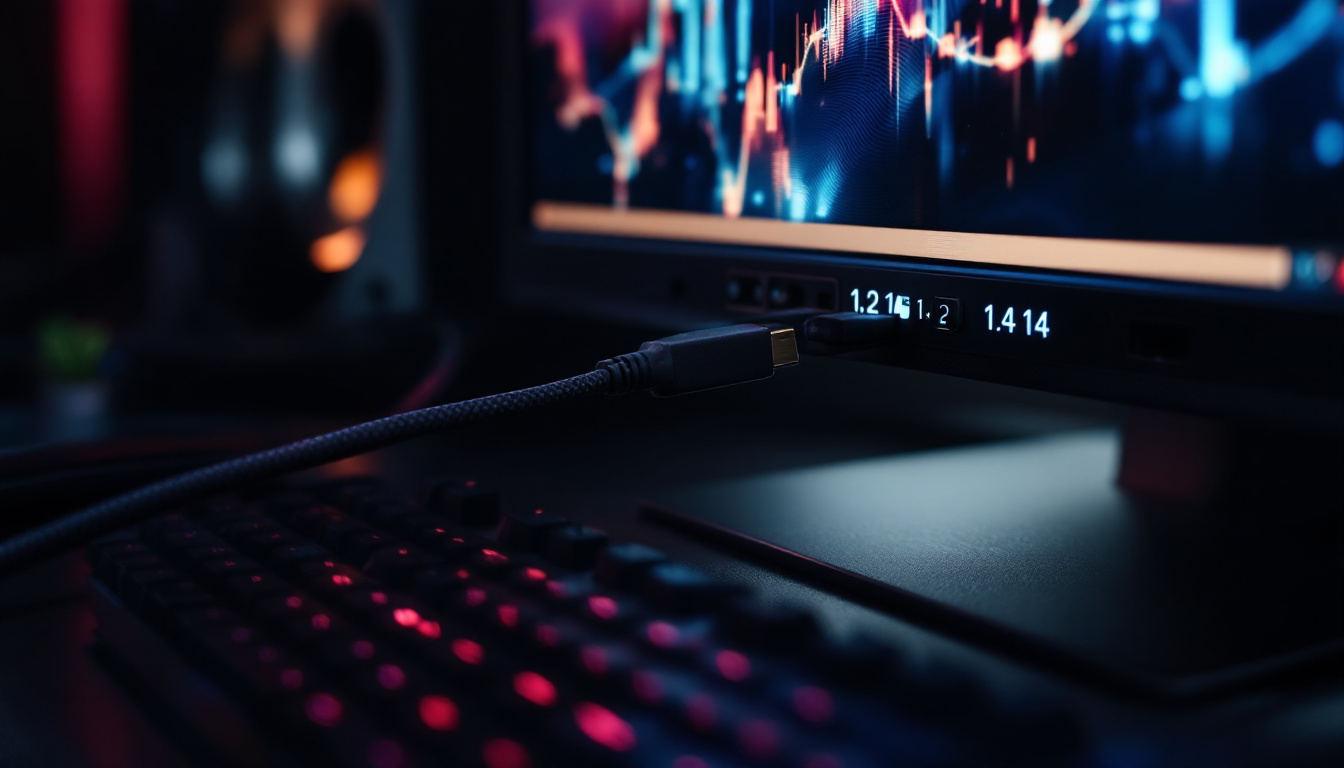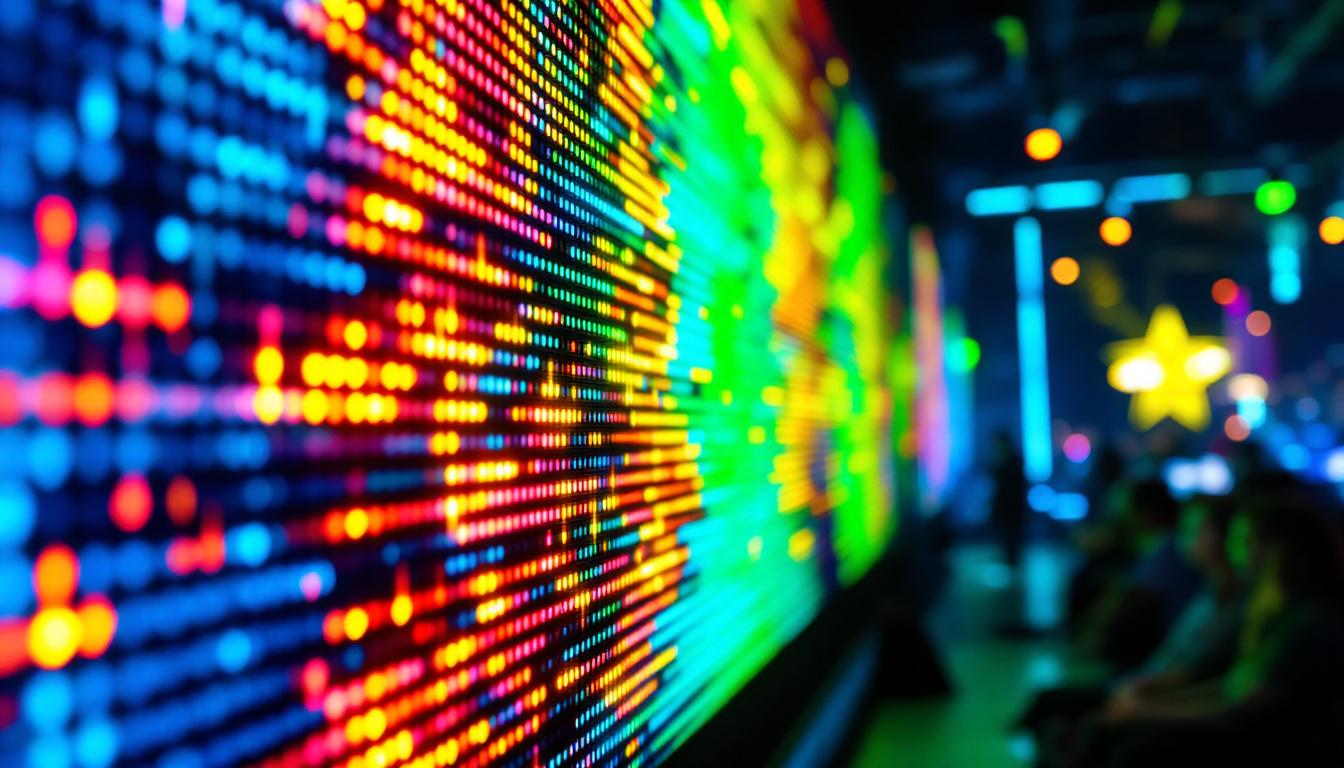In the world of technology, displays play a crucial role in how information is presented and perceived. Among the various types of displays available today, LED backlit LCD monitors have gained significant popularity due to their enhanced performance and energy efficiency. This article delves into the intricacies of LED backlit LCD monitors, exploring their functionality, advantages, and applications.
Understanding LCD Technology
Liquid Crystal Display (LCD) technology has revolutionized the way screens are designed and utilized. At its core, an LCD screen comprises layers of liquid crystals sandwiched between two glass panels. These crystals manipulate light to produce images. However, traditional LCDs rely on fluorescent backlighting, which can limit brightness and color accuracy. The evolution of LCD technology has paved the way for a variety of applications, from televisions and computer monitors to smartphones and tablets, making it a ubiquitous part of modern life.
As LCD technology continues to advance, manufacturers are exploring new materials and designs to enhance performance further. Innovations such as quantum dot technology are being integrated into LCDs, allowing for even richer colors and improved energy efficiency. This ongoing development ensures that LCDs remain competitive in a market increasingly dominated by OLED and other display technologies.
How LCD Works
LCD technology operates by using liquid crystals that align in response to electric currents. When the current passes through, the crystals twist and bend, allowing varying amounts of light to pass through. This modulation creates the images seen on the screen. However, without a proper light source, the images would be dim and lack vibrancy. The precise arrangement of these liquid crystals is crucial, as it determines the clarity and sharpness of the displayed image. Additionally, the use of polarizing filters helps to control the light passing through the crystals, further enhancing image quality.
Moreover, the resolution of an LCD screen is a significant factor in its performance. Higher resolutions allow for more pixels to be displayed, resulting in sharper images and finer details. This is particularly important in applications such as graphic design, gaming, and video editing, where precision is paramount. As technology advances, we see a trend toward higher resolutions, such as 4K and even 8K displays, pushing the boundaries of what LCD technology can achieve.
The Transition to LED Backlighting
To overcome the limitations of traditional LCDs, manufacturers began integrating LED (Light Emitting Diode) backlighting. This shift not only improved brightness but also enhanced color accuracy and contrast ratios. By using LEDs, monitors can achieve deeper blacks and brighter whites, resulting in a more dynamic viewing experience. The energy efficiency of LED backlighting also contributes to longer battery life in portable devices, making them more convenient for everyday use.
Furthermore, the introduction of edge-lit and full-array backlighting techniques has allowed for even greater control over brightness and contrast. Edge-lit displays use LEDs positioned along the edges of the screen, while full-array displays have a grid of LEDs behind the entire screen. This allows for local dimming, where specific areas of the screen can be darkened or brightened independently, enhancing the overall picture quality. As a result, viewers can enjoy a more immersive experience, whether watching movies, playing video games, or working on creative projects.
The Mechanics of LED Backlit LCD Monitors
LED backlit LCD monitors combine the best of both worlds: the liquid crystal technology of LCDs and the superior lighting of LEDs. This combination leads to a display that is not only visually appealing but also energy-efficient.
Types of LED Backlighting
There are primarily two types of LED backlighting used in monitors: edge-lit and full-array. Edge-lit monitors have LEDs placed along the edges of the screen, which allows for a thinner design. However, this setup can sometimes lead to uneven lighting. Full-array backlighting, on the other hand, places LEDs across the entire back of the screen, providing more uniform brightness and better contrast. Full-array technology often includes local dimming features, which can enhance the depth of blacks and improve the overall dynamic range of the image, making it especially appealing for movie enthusiasts and gamers alike.
Benefits of LED Backlit Technology
The transition to LED backlighting brings numerous advantages. One of the most significant benefits is energy efficiency. LED monitors consume less power compared to their fluorescent counterparts, making them more environmentally friendly and cost-effective in the long run. This reduction in energy consumption not only lowers electricity bills but also contributes to a smaller carbon footprint, aligning with the growing emphasis on sustainability in technology.
Moreover, LED backlit monitors typically offer better color reproduction and a wider color gamut. This makes them ideal for tasks that require precise color accuracy, such as graphic design and photo editing. The enhanced brightness levels and contrast ratios also allow for a more immersive viewing experience, particularly in brightly lit environments. Additionally, the response time of LED displays is often faster, reducing motion blur during fast-paced video playback or gaming. As a result, many gamers and content creators are increasingly opting for LED backlit monitors to gain a competitive edge and to ensure their work is represented with the utmost fidelity. Furthermore, the longevity of LED technology means that these monitors tend to have a longer lifespan, reducing the frequency of replacements and further contributing to their cost-effectiveness over time.
Applications of LED Backlit LCD Monitors
LED backlit LCD monitors are versatile and can be found in various settings, from home offices to professional studios. Their adaptability makes them suitable for a wide range of applications.
Professional Use
In professional environments, such as graphic design and video editing, color accuracy is paramount. LED backlit monitors excel in this area, providing designers and editors with the tools they need to produce high-quality work. The ability to display a wider range of colors ensures that the final output is true to the original vision.
Gaming and Entertainment
For gamers, the speed and responsiveness of LED backlit monitors are crucial. With faster refresh rates and reduced input lag, these monitors provide a competitive edge in gaming. Additionally, the vibrant colors and deep contrasts enhance the overall gaming experience, making it more immersive.
Everyday Use
Beyond professional and gaming environments, LED backlit LCD monitors are also ideal for everyday use. Whether for browsing the web, streaming videos, or working on documents, these monitors offer a comfortable viewing experience with reduced eye strain. Their energy efficiency also makes them a popular choice for consumers looking to reduce their electricity bills.
Choosing the Right LED Backlit LCD Monitor
With a plethora of options available in the market, selecting the right LED backlit LCD monitor can be daunting. Several factors should be considered to ensure that the chosen monitor meets specific needs and preferences.
Screen Size and Resolution
The screen size and resolution are critical components that affect the overall viewing experience. Larger screens provide a more immersive experience, while higher resolutions, such as 4K, offer greater detail. It is essential to assess the available space and intended use when determining the appropriate size and resolution.
Refresh Rate and Response Time
For gamers and those who watch fast-paced content, refresh rate and response time are vital. A higher refresh rate, typically 144Hz or more, results in smoother motion and less blur. Similarly, a lower response time (measured in milliseconds) ensures that the monitor can keep up with rapid movements, enhancing the overall experience.
Connectivity Options
Modern monitors come with various connectivity options, including HDMI, DisplayPort, and USB-C. It is essential to consider the devices that will be connected to the monitor and ensure compatibility. Additionally, built-in features such as USB hubs can add convenience for users.
Maintenance and Care of LED Backlit LCD Monitors
To ensure the longevity and optimal performance of LED backlit LCD monitors, proper maintenance and care are essential. Regular cleaning and mindful usage can significantly extend the lifespan of the device.
Cleaning Techniques
When cleaning an LED backlit monitor, it is crucial to use appropriate materials. A microfiber cloth is ideal for wiping the screen, as it prevents scratches. It is advisable to avoid using harsh chemicals or abrasive materials, as these can damage the screen. Instead, a mixture of water and vinegar or a specialized screen cleaner can effectively remove smudges and fingerprints.
Optimal Settings
Adjusting the monitor settings can also enhance the viewing experience. Brightness and contrast levels should be set according to the ambient lighting conditions. Additionally, enabling blue light filters can help reduce eye strain during prolonged use, especially in low-light environments.
The Future of LED Backlit LCD Monitors
The evolution of LED backlit LCD monitors continues as technology advances. Innovations in display technology, such as OLED and MicroLED, are emerging, presenting new possibilities for enhanced visual experiences.
Emerging Technologies
While LED backlit LCD monitors currently dominate the market, alternative technologies like OLED (Organic Light Emitting Diode) are gaining traction. OLED displays offer superior contrast ratios and deeper blacks, as each pixel emits its own light. However, they can be more expensive and may suffer from burn-in issues.
Sustainability Considerations
As consumers become more environmentally conscious, manufacturers are focusing on sustainability in production and energy consumption. Future LED backlit LCD monitors may incorporate recyclable materials and energy-efficient designs, further reducing their environmental impact.
Conclusion
LED backlit LCD monitors represent a significant advancement in display technology, offering enhanced performance, energy efficiency, and versatility. Their applications span various fields, making them suitable for both professional and everyday use. As technology continues to evolve, these monitors will likely adapt and improve, providing users with even better visual experiences.
When selecting an LED backlit LCD monitor, it is essential to consider factors such as screen size, resolution, refresh rate, and connectivity options. With proper care and maintenance, these monitors can serve users effectively for years to come. As the future unfolds, the journey of LED backlit LCD monitors promises exciting developments that will continue to shape the way we interact with technology.
Discover the Future of Visual Display with LumenMatrix
As you embrace the advanced capabilities of LED backlit LCD monitors, take your visual experience to the next level with LumenMatrix. Specializing in a wide array of innovative LED display solutions, from vibrant Indoor LED Walls to dynamic Outdoor LED Displays, and even specialized options like Vehicle LED Displays and Custom LED Displays, LumenMatrix is at the forefront of revolutionizing visual communication. Elevate your brand visibility and engage your audience like never before. Check out LumenMatrix LED Display Solutions today and witness the transformation in clarity, impact, and energy efficiency.

